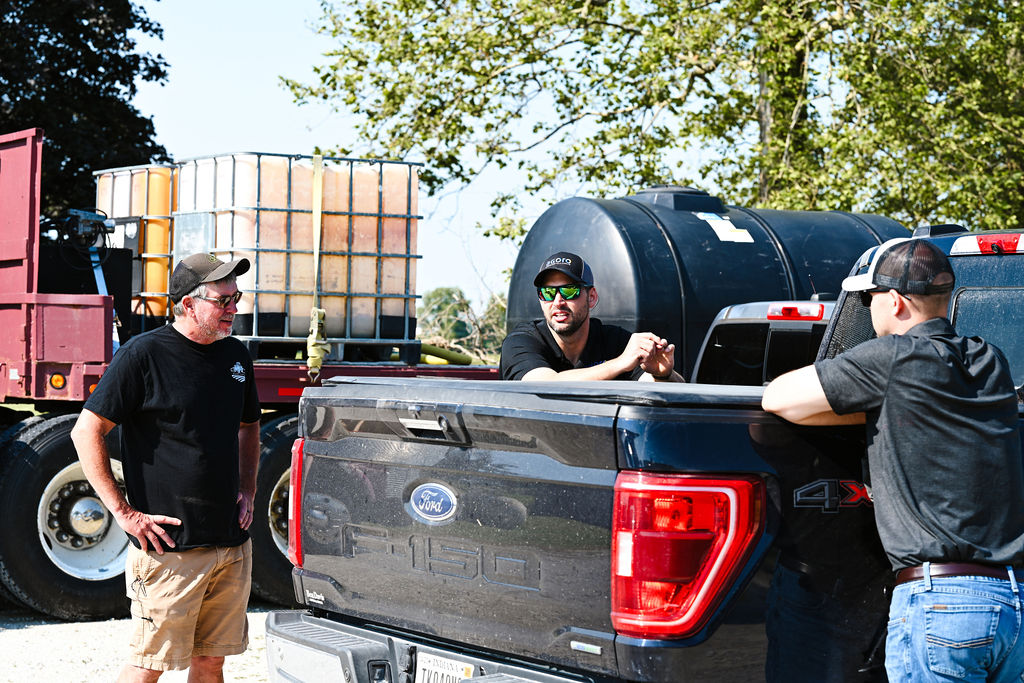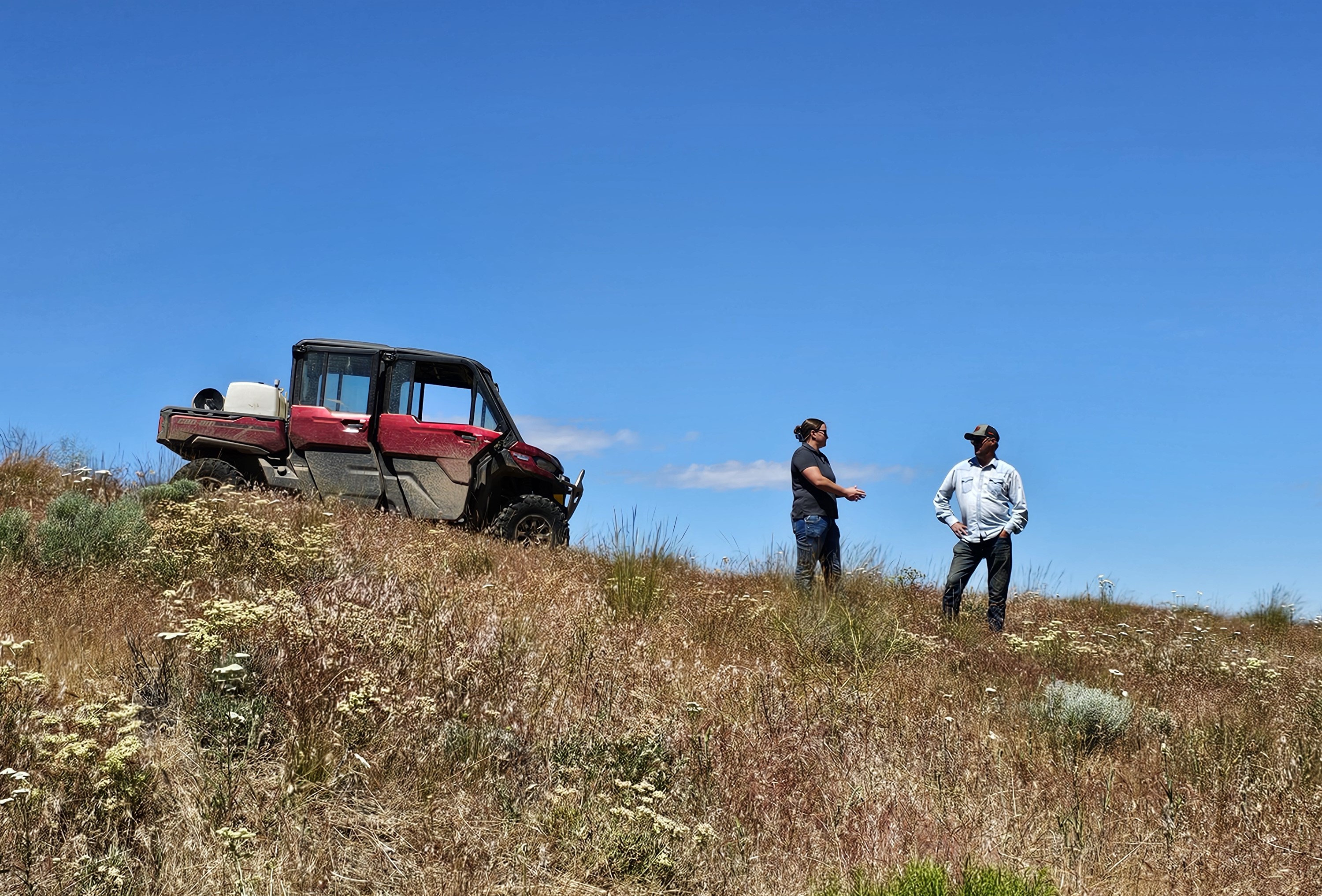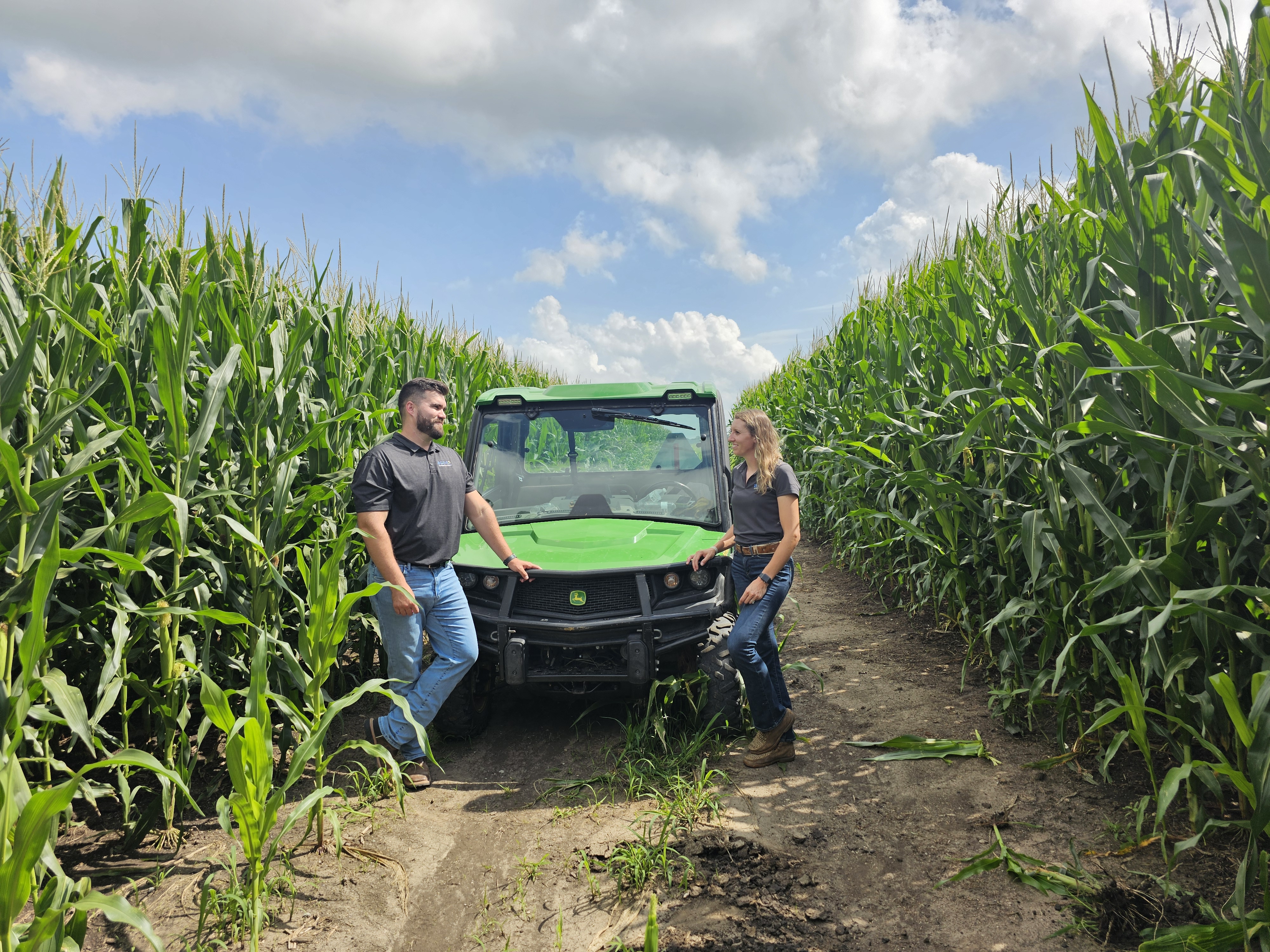In the realm of sustainable agriculture, no-till farming has emerged as a pivotal practice, offering benefits such as enhanced soil health, carbon sequestration, and improved water retention. A notable advocate of this practices, well as rotational grazing, is Kyler Crossland, a young producer based in Wyoming, who operates farms and ranches across multiple states. In a recent video, Crossland shares his firsthand experiences with regenerative agriculture practices, including no-till farming, and discusses how these methods have enabled him to participate in carbon credit markets.
Crossland’s adoption of no-till practices has led to significant improvements in soil structure and productivity on his dryland farms. By minimizing soil disturbance, no-till farming preserves soil organic matter and enhances microbial activity, which are crucial for maintaining soil fertility and resilience against erosion. These benefits are particularly valuable in dryland conditions, where water conservation is essential for crop success.
Beyond the pest control and other agronomic advantages, Crossland’s commitment to no-till, rotational grazing and regenerative practices has opened avenues for environmental stewardship through carbon credit programs. By sequestering carbon in the soil, he not only contributes to mitigating climate change but also diversifies his farm’s income streams. This integration of sustainable practices with economic incentives exemplifies a holistic approach to modern farming.
Crossland’s journey underscores the transformative potential of no-till farming in enhancing both environmental sustainability and farm profitability. His experiences serve as an inspiring example for other producers considering the adoption of regenerative agriculture practices.
“I would like to see us be more efficient. And I want to get us as close to nature as we can without doing any damage. I don’t want to leave the land worse than when we started.” – Kyler Crossland, WY Producer
For a deeper insight into Kyler Crossland’s operation practices and his perspectives on conservation agriculture, you can watch the following video:


